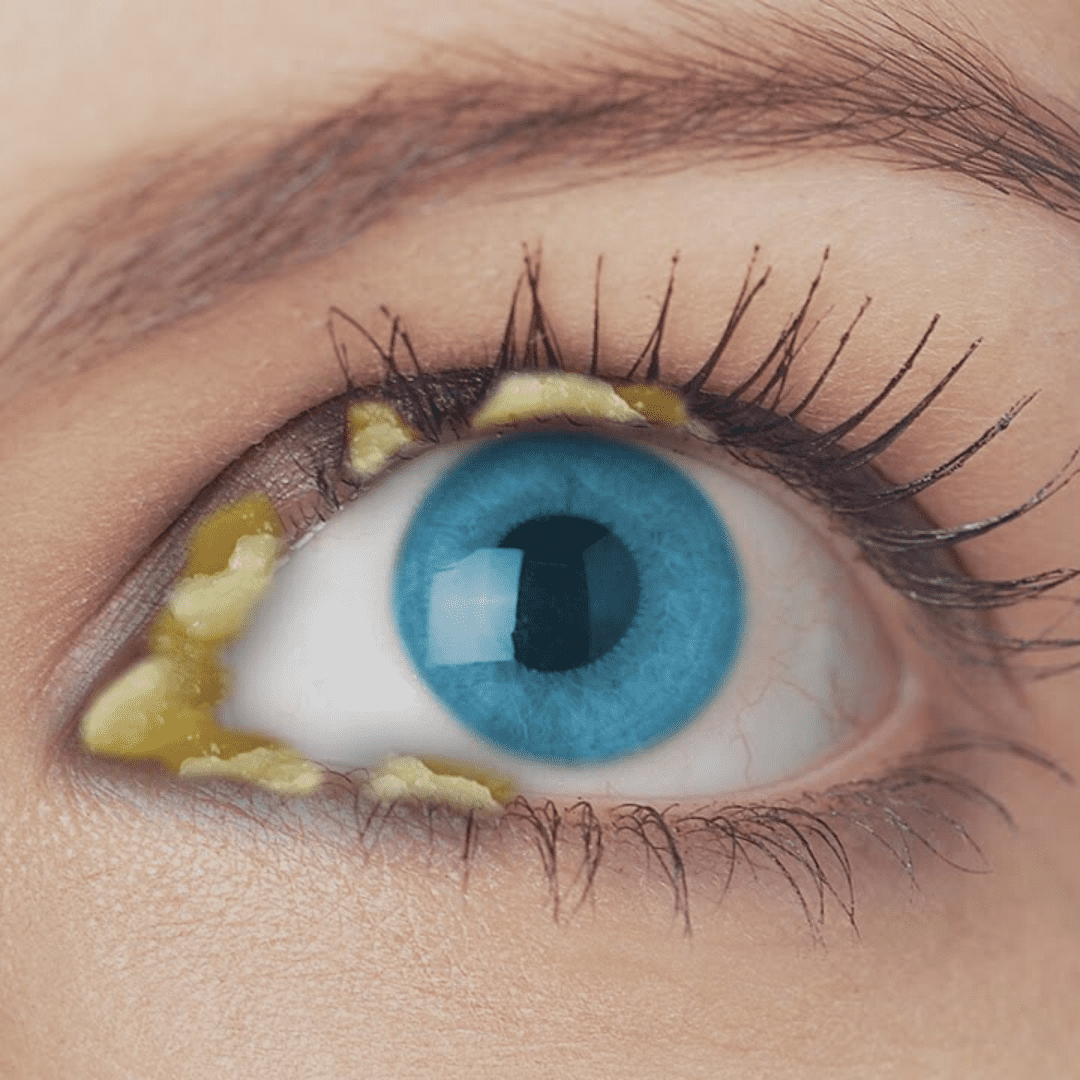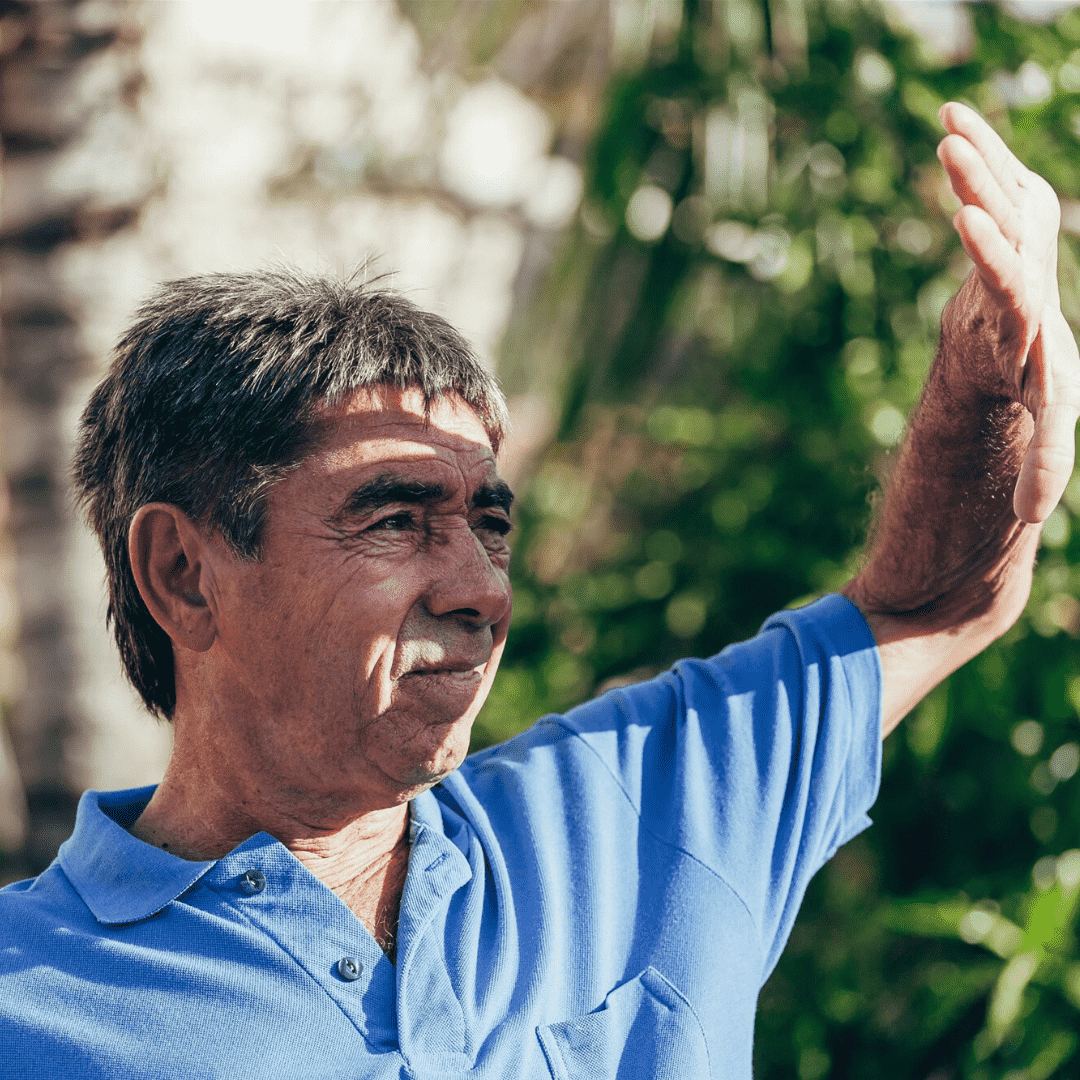Watch This Video
Watch this video to understand your disease better. Know about dry eyes, and learn how Ayurveda treats it effectively and naturally.

Dry eyes is a usual but very challenging disease that may disturb your regular life. Many people experience dry eyes nowadays. The main signs are feeling like there's something in your eye and itching. You may also notice dryness and occasional redness, and sometimes your eyes hurt or feel strained. These symptoms can get worse when you're exposed to light and dust. Provide natural lubrication to dry eyes with Ayurvedic medicines & remedies and also with the best dry eyes treatment in Ayurveda, and Panchakarma therapies.
Table of Contents
ToggleWatch this video to understand your disease better. Know about dry eyes, and learn how Ayurveda treats it effectively and naturally.
The major symptoms related to dry eyes include high sensitivity to light, blurry vision, constant headaches, redness, pain, watering, and a foreign body sensation.




Doctors define a number of reasons responsible for this condition:

Ayurvedic texts describe dry eyes as Abhishyanda or Akshipaka. The symptoms described for these diseases are very close to the ones observed for dry eyes at present. Ayurveda states that this disease is a result of the vitiation of all three basic doshas: Vata, Pitta, and Kapha. Therefore, the dry eyes treatment in ayurveda focused on restoring the lost balance of doshas. Ayurvedic medication, lifestyle modifications, and Panchakarma therapies are some of the modalities used to provide relief from dry eyes.
Optimum use of ghee and hydrating food items is suggested to get relief from dry eyes symptoms. The normal cases of dry eyes can be treated within 2-3 weeks while the chronic cases need 6 months of medication along with a month of therapies. Only the most advanced level cases have no cure in Ayurveda, rest all kind of cases can be naturally and effectively treated under Ayurveda.
The simplest prevention of dry eyes lies in taking good care of your eyes. Most cases of dry eyes are caused by the present mania for mobiles, computers, and television. If you are a professional that needs to work on computers for hours, then you must ensure to take proper breaks in between. It is also advised to pay proper attention to your diet that has plenty of fruits, vegetables, and hydrating items in it. Also, if you are living in an area with high dust and allergens, it is better to use protective glasses and keep your eyes safe from prolonged exposure to any such surrounding.
Dry eyes patients need to modify there lifestyle and diet as soon as the diagnosis of disease is complete. It is essential for them to avoid high intake of junk food, irregular sleeping schedules, hard drinks, cold drinks, and all kind of stressful activities. They must also refrain from long exposure to TV, computer, and mobile screens.


In the early stage, the dosha imbalance is not too much. Hence, the doctor prescribes oral ayurvedic medicines, ayurvedic eye drops, diet and lifestyle changes. The patient is examined based on clinical history and symptoms, and this is how a line of treatment for dry eyes starts. The patient requires to continue ayurvedic medicines for about 4-6 months. Electronic gadgets like tv, mobile phone, and the computer can increase the problem and are not good during the treatment.
In advanced cases of dry eyes, the doctor prescribes Panchakarma therapies and specialized eye treatments for the body’s deep cleansing. The major procedures used for dry eye treatment in Ayurveda are Snehpana, Virechan, Nasya, Netradhara, Shirodhara, and Tharpana. Patients have to stay in an Ayurvedic eye hospital for three weeks, followed by Ayurveda medicines, diet, and lifestyle changes. The total duration of the Ayurvedic treatment for Dry Eyes may vary from six months to a year.
50,000+ Patients Successfully Treated
Macular degeneration usually begins between the age of sixty to seventy years. But it is not necessary for every patient.
The Ayurvedic treatment for dry eyes includes medicines and Panchakarma therapies. Therapies like Netra Tarpana detoxify eyes and restore the lost functionality of tears gland. Ayurvedic medicines for dry eyes are equally effective in rectification and strengthening of eye muscles.
With the Ayurvedic treatment, Macular degeneration can stop progressing.
Ayurveda offers a completely natural treatment for dry eyes. Its therapies and medicines strengthen the system and boost its immunity against any relapse. So, yes, there is a permanent cure of dry eyes in Ayurveda.
Accurate diagnosis and prevention can play an important role in getting rid of dry eyes. If you are looking for a safe and natural treatment, Ayurveda offers the perfect cure for the condition.
Ayurvedic eye drops help in soothing the irritation and itching of eyes due to lack of moisture. Their prescription may differ depending on the extent of dryness and patient’s condition. The best eye drops are the ones that your doctor prescribes after checking the progress of disease in your eyes.
Understand the root-cause of your problem, and begin your personalized treatment today
Book Video Consultation Now